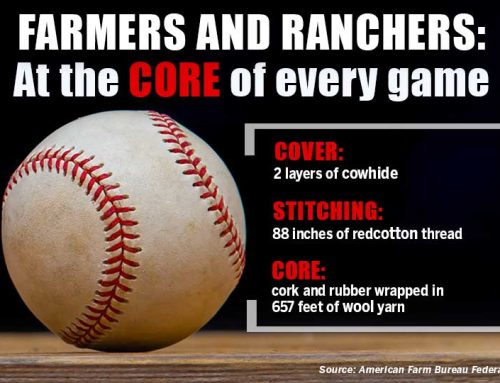By Julie Tomascik
The tall, tall trees in East Texas stretch to the sky and are cared for by timber farmers and foresters.
In fact, growing trees is similar to growing row crops like corn, wheat and grain sorghum. It just takes a lot longer.
Timber farmers plant trees, and thin them out every few years to allow the better trees to grow. They fertilize and protect the trees from disease and insects. Then, they harvest when the trees are about 25-35 years old. Farmers then replant and start the process over.
When a group of trees is finally ready to be cut, a crew sets up nearby ready to take them to a mill to be processed into construction materials like oriented strand board (OSB) or into lumber.
A machine is used to cut the base of the tree. The machine’s arms hold the tree and then lay it down to be picked up by another machine and taken to a de-limber where its limbs and leaves are removed. The remaining log is then stacked onto a truck where it awaits transport.
There are some trees that the crews just don’t cut. Trees that are already mature and now have smooth trunks are often left standing, as are trees in streamside management zones.
Watch how farmers plant trees in this video.
Timberrrrrrr! Shout it from the treetops because harvested timber ranks seventh among the state’s top agricultural commodities.
And in fact, the forest-based industry was one of the top 10 manufacturing sectors in the state, according to the Texas Forest Service.
Those East Texas forests help fuel our economy, provide jobs for Texans and bring us the products we use every day.
Here’s a list of just a few products brought to you by Texas forests:
- Boxes
- Chewing gum
- Diapers
- Flooring
- Lumber
- Paper
- Newsprint
- Toilet paper
- Wine corks
Stumped on other Texas forestry facts? We’ve got you covered in our Texas Neighbors publication. Check it out here!











Leave A Comment